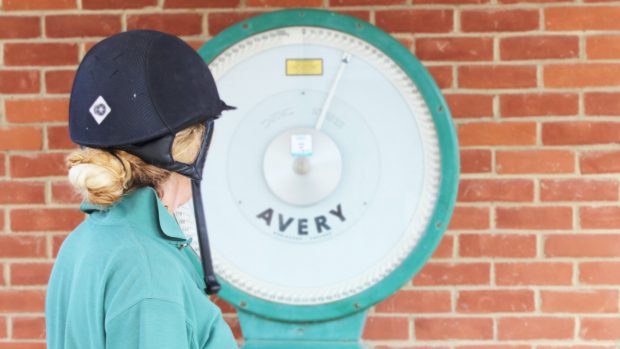A horse’s neck comprises seven vertebrae that are positioned in the lower part of the neck, just above the jugular furrow. The vertebrae connect with each other by paired joints on the left and right sides — the facet joints — and by joints between the vertebral bodies. The spinal cord passes through each vertebra and nerve roots emerge between each vertebra.
Above and below the vertebrae are large muscles responsible for neck and head movement along with forward movement of the forelimbs. The crest region is formed by the nuchal ligament, which attaches to the back of the head and runs along the top of the neck to the withers.
Most movement in the neck occurs at its base and it is common to see changes in the facet joints between the fifth and sixth and the sixth and seventh cervical vertebrae in X-rays of middle-aged and older horses. These arthritic changes are generally of no clinical significance unless joint enlargement results in nerve root impingement or joint pain develops.
All anatomical structures within the horse’s neck are potentially vulnerable to injury, which is often the result of trauma. For example, a horse that falls on its neck while jumping may develop bruising, muscle damage or a fracture to a vertebra, while a horse which pulls back while tied up may damage the poll region or the joint between the first two vertebrae. Overstretching can also cause muscle strain.
The muscle most commonly affected is the brachiocephalicus, which runs along both sides of the neck from the forelimb to the back of the head. Damage to one of these muscles can result in lameness, whereas most neck injuries cause stiffness and possibly a restricted forelimb gait.
Other signs of neck pain include the horse standing with its neck in an usually low position and being reluctant to move the head and neck through the full range of normal movement. If there is pain at the base of the neck, the horse may straddle its forelimbs to eat off the ground.
Establishing the cause
If neck pain is suspected, the following techniques can be used to assess the cause:
X-rays are most useful for identifying bone or joint damage. X-rays of the base of the neck near the shoulder require relatively high exposures, so the horse may need to be examined at a specilist clinic as a portable X-ray machine may not be powerful enough.
Ultrasonography can be used to assess muscle and ligament structure, but it must be remembered that a strain causing pain is not necessarily associated with detectable structural damage.
Scintigraphy (bone scanning) is useful if a bone injury is suspected but cannot be identified on X-ray, such as a very recent non-displaced fracture.
More recently, three-dimensional images of the bone and soft tissue structure have been obtained while the horse is under anaesthesia, using either computed tomography (CT) or magnetic resonancing imaging (MRI).
The management of neck pain depends on the nature of the injury. Primary muscle injuries require a team approach between a vet and physiotherapist to ensure than pain is reduced and normal function restored.
Neck fractures normally heal satisfactorily with conservative treatment of box rest, with the horse fed and watered at head height to minimise any un-necessary movement.
Chiropractic manipulation of the neck, while the horse is under general anaesthesia or heavy sedation, can help treat non-specific gait abnormalities thought to arise from nerve problems associated with subtle displacement of neck vertebrae, however this type of neck manipulation is not a cure-all.



